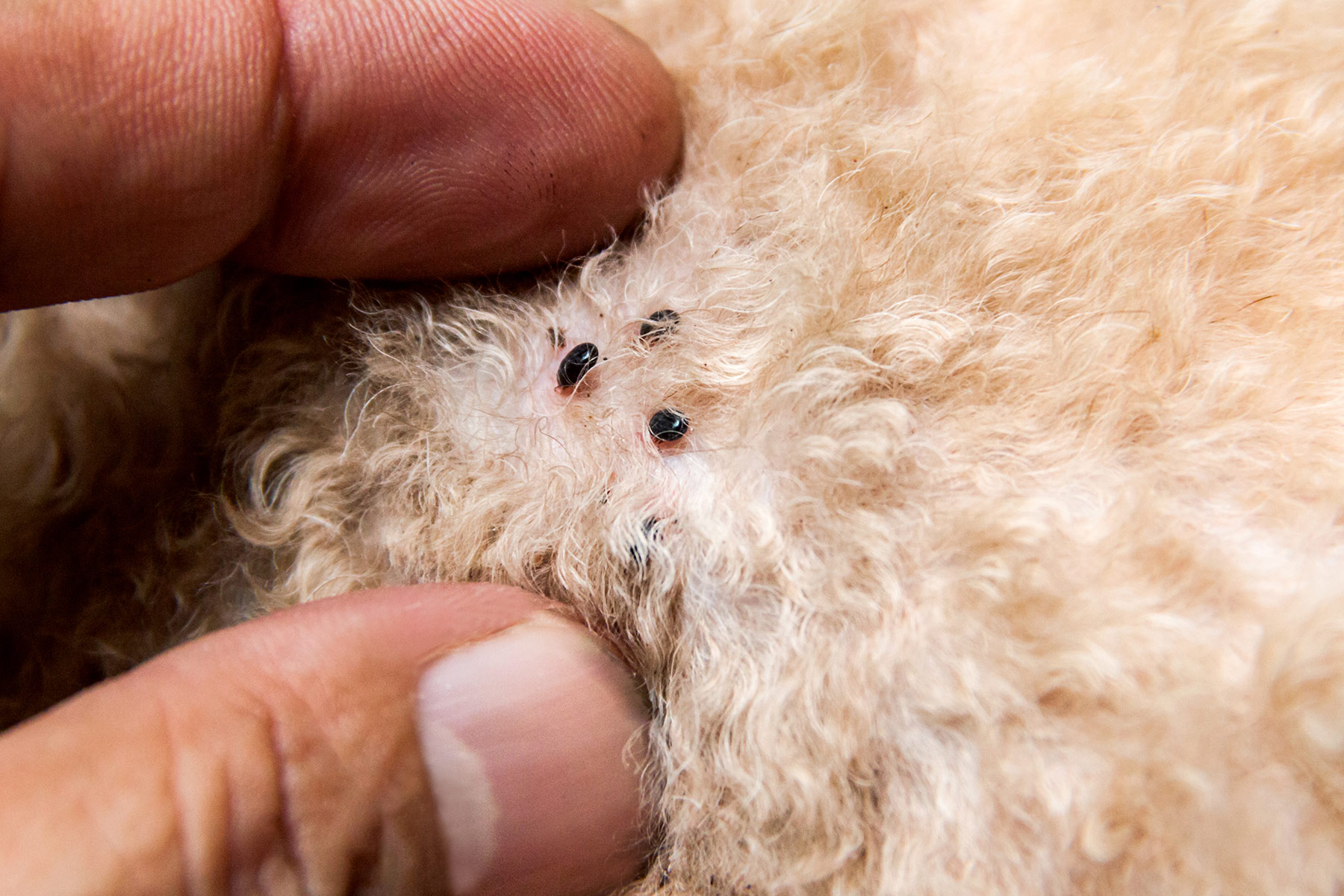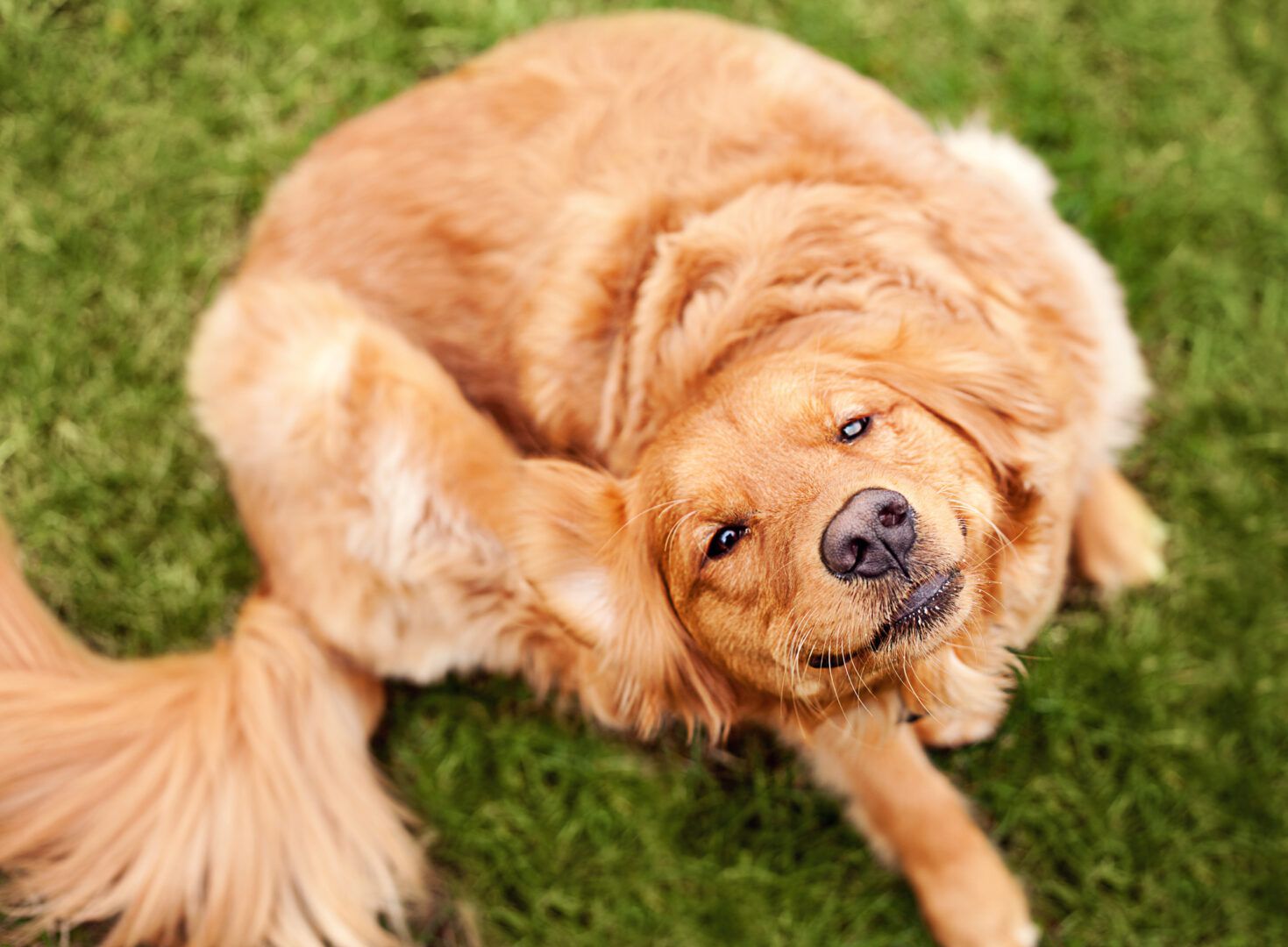Dog flea manages and management requires an incorporated approach. For a successful remedy, both the variety of pets and the atmosphere should be taken care of simultaneously. Control over fleas around the family pet generally demands using insecticides. Although flea combs can remove some fleas, combing needs to be looked at as a method for detecting fleas as opposed to eliminating them.
If a dog will be dealt with for other conditions besides fleas, such as expression of anal glands, these processes ought to be done before the insecticide software to reduce insecticide exposure to internal mucosal membranes.

An array of insecticides is accessible for flea control. The pyrethrin and pyrethroids have the lowest mammalian toxicity. These insecticides are available in numerous formulations including powder, hair shampoo and dust low, powder, aerosol and mousse-aerosol mist or squirt and dip, area-on, roll-on, and collar, which you can buy from Pet Express. Organophosphate drugs for oral use are available by prescribed veterinarians.
Additionally, some on-pet formulations consist of insect progress regulators (IGRs) that destroy flea chicken eggs on the dog. *Be sure you read all insecticide labels, as well as follow all measures and dose guidelines.
The insecticides utilized for flea management fluctuate widely in toxicity and efficiency. Considerations for choosing a formulation range from the excess weight, size, and age group of the pet, and also the types.
For example, greyhounds really are a very chemical-hypersensitive particular breed of dog and are more responsive to insecticide items than many other puppies. Tend not to connect flea collars or flea-getting rid of medallions on these puppies. Tend not to use chlorpyrifos and DDVP, methoxy imino, or malathion on greyhounds.
Cats are definitely more responsive to organophosphate insecticides than dogs. In addition, pet cats groom themselves more than pet dogs and are more likely to ingest an insecticide by licking the remains using their fur.
Kittens and puppies, due to their smaller sized size, demand a reduced dose than mature animals. Youthful creatures may also need treatment with insecticides of lower toxicity than mature animals. Expecting a baby or nurses’ animals might be responsive to particular insecticides.

Many goods are accessible for especially sensitive pets and other situations that need lower chance substance actions. Such as the citrus peel extracts d-limonene and linalool, sportive dust including silica aerogel or diatomaceous planet, the insect development regulators fenoxycarb or Methoprene, and insecticidal soaps.
These terms may seem overseas to you personally, but you can always seek advice from a veterinarian if you have questions. They will likely have precise information about insecticides along with their use for flea control on family pet animals. The insecticide label must also include correct information on how a specific formulation of your insecticide should and really should not employ. *Remember to read through these labels before opening the box!
When using insecticides for flea management, understand that the applicator, specifically your pet and you could be in contact with the insecticides repeatedly. The label may require the usage of gloves as well as other defensive equipment during application and recommend the pet not handled with unprotected palms till the treatment dries. All private protective gear listed on the brand has to be used. As a bare minimum element, substance-proof gloves, aprons,s, and goggles need to be put on while combining insecticides and throughout the application to stop insecticide connection with your skin.


